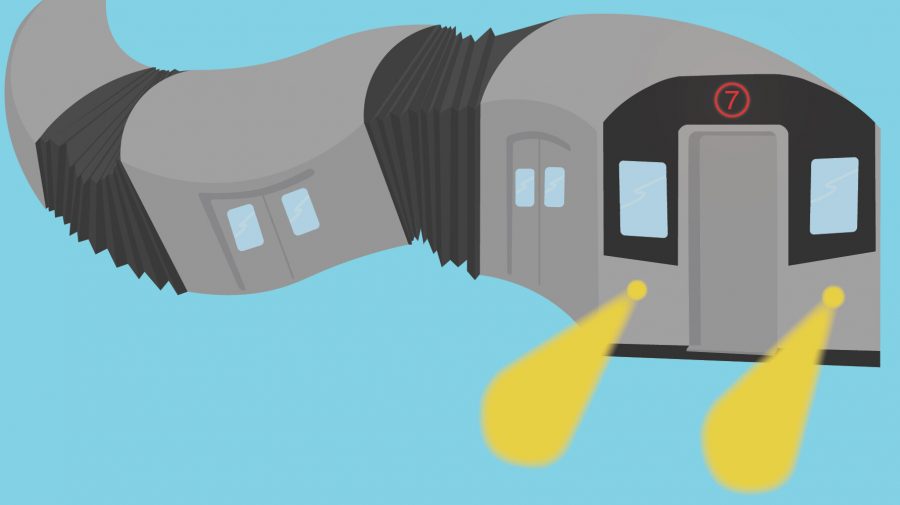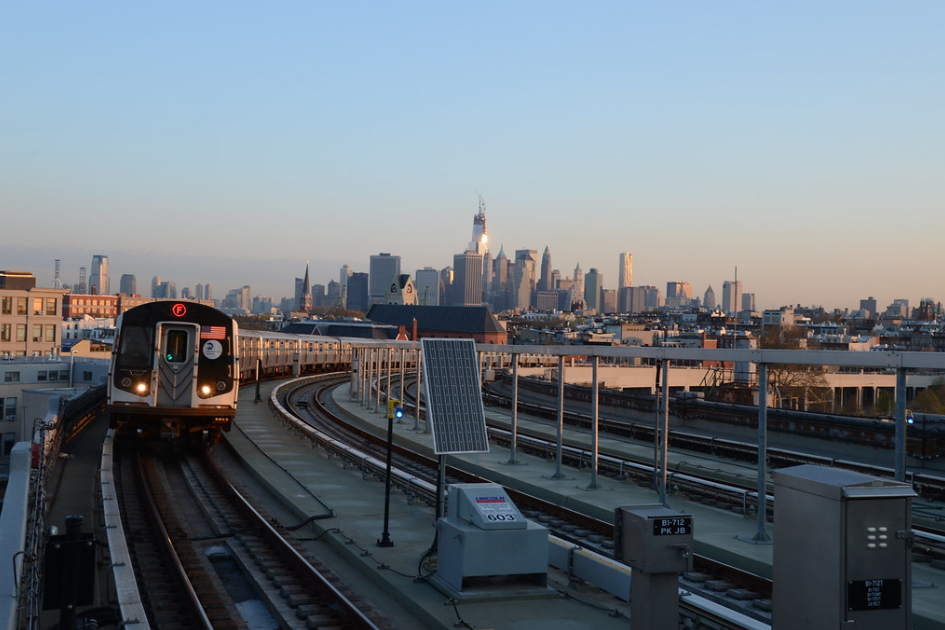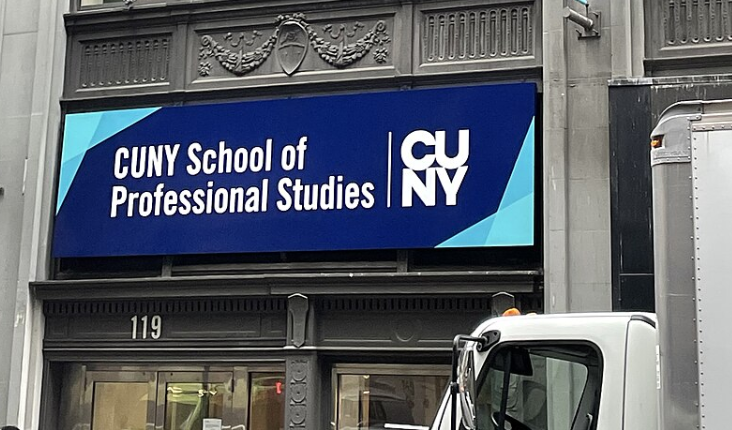Straying from the conventional rolling stock of cars characteristic to the MTA and NYC’s history, these new cars will feature an open gangway design that uses an accordion-like connector instead of doors between cars.
Such a design should accommodate the MTA’s growing ridership by providing more open space for greater customer movement. Thus, each train’s capacity should increase by about 10 percent, 2nd Ave. Sagas reports.
Hopefully, this is not accompanied by fewer trains and longer wait times — not to mention the strange smells.
“Commuters won’t be able to escape the body odor,” daily MTA commuter and Treasurer of Baruch’s Pre-Law Society, Chiandredi Johnson warns about the R211s. After all, HVAC systems can only do so much to continually ensure adequate air quality, especially when some of NYC’s homeless population resides in the cars.
The “showtime” performers, Mariachi bands, creepy individuals, possible pizza rats and kid selling Welch’s snacks for his basketball team will become an even greater force to be reckoned with. Avoiding them will be almost impossible unless transferring to another train.
The R211s will also include doors with a width of 58 inches instead of 50 inches, allowing commuters to exit and enter rapidly.
If there is one thing New Yorkers love more than bagels, it is not standing “clear of the closing doors.”
How will passengers be deterred from crowding the doors if they currently fail to do so in moderately empty cars?
Whether a whopping eight more inches will truly make a difference remains questionable, though the MTA claims wider doors reduce train dwell times “in a station during crowded scenarios by as much as 32 percent.” Sure it does.
Other features include security cameras to monitor passenger safety, as well as digital ads, digital information displays and double poles to improve the commuter experience. How exciting that the MTA shows versatility by spicing up its car designs instead of its reasons for train delays such as signal malfunctions, train traffic, door problems or the latest one, bed bugs.
Yet much like Baruch’s Wi-Fi, the cars’ true effectiveness still seems too good to be true. All minor nuances aside, the opportunity cost of switching to such a design must be arriving at destinations punctually and safely with little to no inconvenience in the long run.







